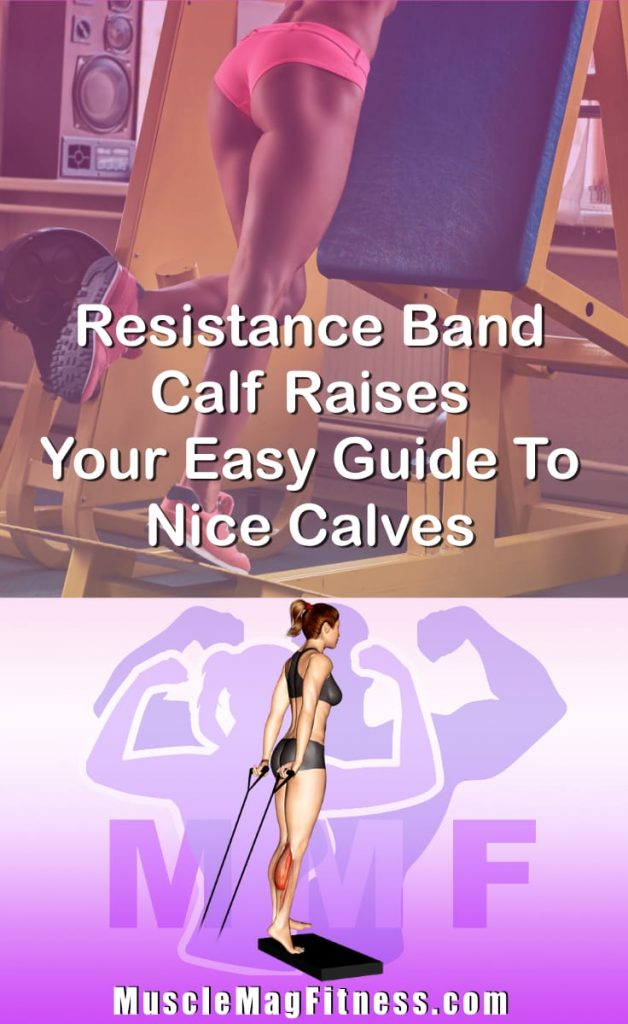Are you struggling to find an effective calf workout routine at home? Do traditional calf exercises like standing calf raises not yield the results you were hoping for? Fear not, because you’re not alone. Many people face the same challenge due to the lack of equipment or the inability to go to the gym. The good news is that resistance band calf raises can be the solution you’ve been looking for. In this post, we’ll explore the benefits of resistance band calf raises and how to perform them correctly to help you achieve toned and strong calves in no time.
Resistance Band Calf Raises Summary
- Primary Muscles: Gastrocnemius
- Secondary Muscles: Soleus
- Equipment: Resistance band and door anchor
- Mechanics Type: Isolation
- Force: Push
- Utility: Auxiliary

Resistance Band Calf Raises Instructions
- For this, you will need a platform or a step to get the maximum range of motion. Secure and anchor your bands near the floor, if you have a portable step you can run the band under the step.
- Grab the band handles in both hands.
- You can perform this exercise one leg at a time for more resistance or both legs at once.
- For the leg or legs that will be trained, place the ball of your feet on the edge of the platform.
- Now allow your heel to drop as far as you can and stretch out your calf.
- Next, push your body up with your calves.
- Hold briefly at the top and then slowly return to the starting position.
- Repeat your calf raises for 8-12 reps.
Video Tutorial
Resistance Band Calf Raises Muscles
Target (Agonist)
Synergists
- Soleus
Dynamic Stabilizers
- None
Stabilizers
- Levator Scapulae
- Trapezius – Middle
- Trapezius – Upper
Antagonist Stabilizers
- None
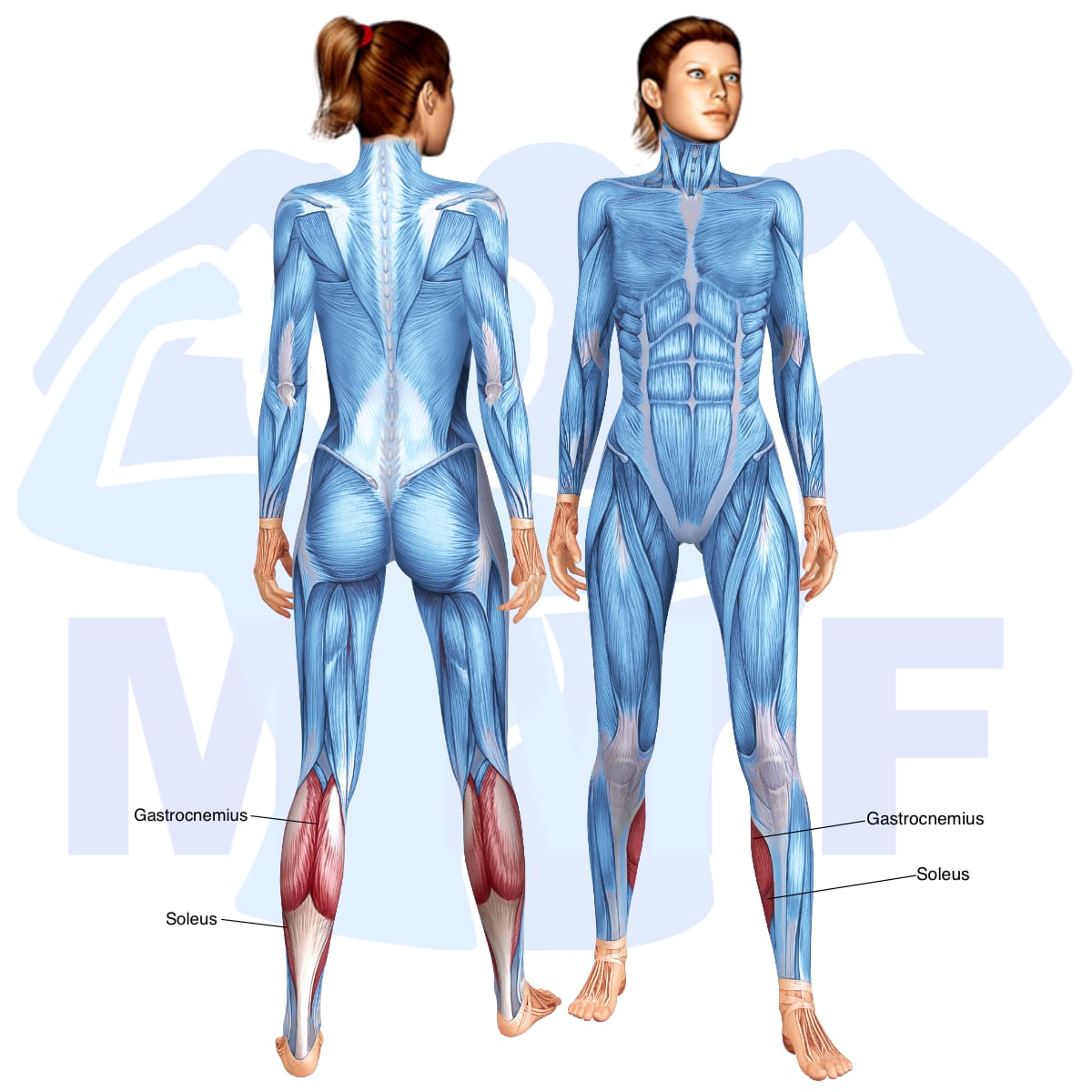
Benefits of Resistance Band Calf Raises
The exercise Resistance Band Calf Raises is an effective way to target the muscle Gastrocnemius in a strength training or fitness routine. This exercise strengthens the calf muscles, increases ankle stability, and improves balance. Furthermore, it also promotes coordination and agility as you are required to keep your balance while performing the exercise. Performing Resistance Band Calf Raises can help you develop the strength and flexibility necessary for a range of activities, from running and jumping to playing sports. Additionally, it helps to enhance mobility and reduce the risk of injury.
Tips for Performing Resistance Band Calf Raises
If you’d like to get the most significant improvement, adhere to these easy tips. Similarly, if you need to minimize the chance of injuries, implement these tips.
- Make sure The Resistance Band Are Strained. Before beginning, the exercise make certain the resistance bands are not relaxed.
- Perform The Right Amount Of Sets With Rest. Your target at first should be to do 3 sets to near fatigue. Although, you can build up to 5 sets. If your muscle tissue isn’t exhausted at the conclusion of 3 – 5, something should change. Primarily you can increase the resistance to make each repetition tougher. Second, you can cut down on the rest time between each set.
- Concentrate On Inhaling And Exhaling. For this and most exercise movements, breathing is very important. You ought to be breathing out during your primary muscle constriction and breathing in when your primary muscles are extending.
Benefits and Tips Video
Frequent Mistakes To Avoid
You ought to keep from making these fairly typical mistakes to support great form and improved tonning. Equally important
- Don’t bounce, you will be putting undue strain on your joints.
- Don’t have the band at too much of an angle that you aren’t getting any additional resistance.
- Stop Yourself From Using Too Little or Too Much Tension. Not enough, and you will not be adequately using your agonist (target) muscle, excess, and you will likely need to cheat. Ensure you can do between 8-12 reps with good technique.
Find More Resistance Band Exercises Here
Variations and Complementary Exercises
If you’re looking for a way to switch up your routine and incorporate similar exercises to Resistance Band Calf Raises, there are plenty of variations, complementary, and alternative exercises you can do. Below is a list of several exercises that can help you target the same muscles as Resistance Band Calf Raises.
Jumping Jack Side Straddle Hop
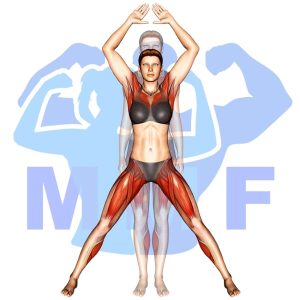
Jumping Jack Side Straddle Hop is a complementary or alternative exercise for Resistance Band Calf Raises. It is an aerobic exercise that works the lower body and helps to improve balance and coordination. By performing this exercise, the calf muscles are engaged in dynamic movements that help to increase strength and flexibility. It also works the core muscles and helps to improve posture. The combination of jumping, hopping and side straddling strengthens the lower body muscles, increases cardiovascular endurance and burns calories, making it an ideal alternative or complementary exercise to Resistance Band Calf Raises.
Smith Machine Rear Lunge
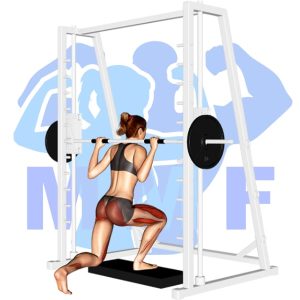
The Smith Machine Rear Lunge is a great complementary or alternative exercise for Resistance Band Calf Raises. This exercise focuses on the same muscles as Resistance Band Calf Raises, but with a different range of motion and weight distribution. The Smith Machine Rear Lunge works the calves, glutes, hamstrings, and quads, while the Resistance Band Calf Raises primarily target the calf muscles. Additionally, the Smith Machine Rear Lunge adds stability to the movement, allowing for more controlled and effective execution of the exercise.
Plyo Split Squats

Plyo Split Squats are an excellent complementary or alternative exercise to Resistance Band Calf Raises. This exercise works both the lower body and the core muscles, by providing an explosive movement that works the quads and glutes as well as the core stabilizers. The plyo split squat starts with the feet wider than shoulder-width apart and then quickly jumps into a deep squat position. The plyo split squat is a great way to target both the quads and glutes while also engaging the core muscles and improving balance and coordination.
Check Out These Top Resistance Band Exercises
Plyo Side Lunge
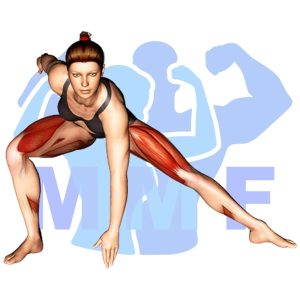
The Plyo Side Lunge is a great complementary or alternative exercise to Resistance Band Calf Raises. This dynamic exercise works the lower body muscles, including the calves, while also providing a cardio element. To perform this exercise, begin by standing with your feet shoulder-width apart. Step one foot out to the side and lower your hips down into a lunge position, keeping your back straight and chest up. Push off from the floor to jump up and switch legs in the air. As you land, sink down into the opposite lunge position and repeat. Plyo Side Lunges will not only help strengthen your calves, but also your glutes and quads.
Squat Hold

Squat Holds are a great complementary or alternative exercise to Resistance Band Calf Raises. Squat Holds are an isometric exercise which target the lower body muscles and help to build strength and stability in the muscles of the thighs, hips, and glutes. Unlike Resistance Band Calf Raises, Squat Holds are a static exercise that requires the individual to hold the squat position for a period of time. Squat Holds can be done using bodyweight or with added weight, such as a barbell or kettlebell, depending on the individual’s strength level. Squat Holds are a great way to add variety to a lower body workout and build overall strength and stability.
Squat

Squatting is a great alternative or complementary exercise to Resistance Band Calf Raises. Squatting not only strengthens the calf muscles, but also works the quads, hamstrings, and glutes. This compound movement activates multiple muscle groups for a more complete workout. Additionally, when done correctly, squatting engages the core muscles to help with balance and stability. It also increases flexibility in the ankles and hips, which can help reduce the risk of injury.
Find More Calves Exercises Here
Opposing Complementary Exercises
In order to maximize the benefits of Resistance Band Calf Raises and ensure that your body is balanced and strong, it is important to complement the exercise with other exercises that work the opposing muscle groups. This will help to ensure that all muscles are receiving an adequate amount of stimulation and that no muscle group is overworked or left behind. Below are a few exercises that work the opposite muscles as the exercise Resistance Band Calf Raises.
Cable Glute Kickbacks

Cable Glute Kickbacks are a great way to complement Resistance Band Calf Raises. This exercise works the opposite muscle group and engages the glutes, while the calf raises focus on the lower leg muscles. Both exercises can help to improve flexibility, strength and stability in the legs, making them an effective combination for overall lower body health. Cable Glute Kickbacks target the glutes, which can help to balance out the calves and provide a more even workout. Additionally, this exercise can help to reduce the risk of injury and enhance athletic performance.
Rear Lunge
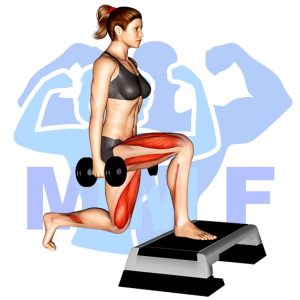
Rear Lunge is a great complementary exercise to Resistance Band Calf Raises because it works the opposing muscle group. The Rear Lunge focuses on the quadriceps, hamstrings and glute muscles while Resistance Band Calf Raises work the calf muscles. Both exercises are lower body focused, but by targeting different muscles, they help to create balance and stability in the lower body. By alternating between these two exercises, you will be able to develop the muscles of your lower body and build strength and endurance.
Goblet Sumo Squat

Goblet Sumo Squats are a great exercise to complement Resistance Band Calf Raises. The squat works the muscles of the lower body, specifically the glutes, hamstrings, and quads. By targeting these opposing muscle groups to the calf muscles used in Resistance Band Calf Raises, it will help to create a balanced workout. Goblet Sumo Squats also allow you to increase the range of motion and intensity of your workout by varying your stance and weight, providing an effective and challenging exercise.
Get Ready to Raise Those Calves with Resistance Bands
Resistance band calf raises are an effective way to strengthen your calf muscles without putting too much strain on your joints. They are also an accessible exercise for those who may not have access to gym equipment. Before starting, make sure you have a sturdy anchor point to attach your resistance band to and select a band with appropriate resistance for your fitness level. Warm up with some light cardio and stretching to prepare your muscles for the exercise. Remember to maintain proper form and control during each repetition and adjust your resistance band as needed. Incorporating resistance band calf raises into your workout routine can help improve your balance, stability, and overall lower body strength.
References: Wikipedia | ExRx.net | PubMed.gov | Comprehensive List of Calves Resistance Band Exercises
